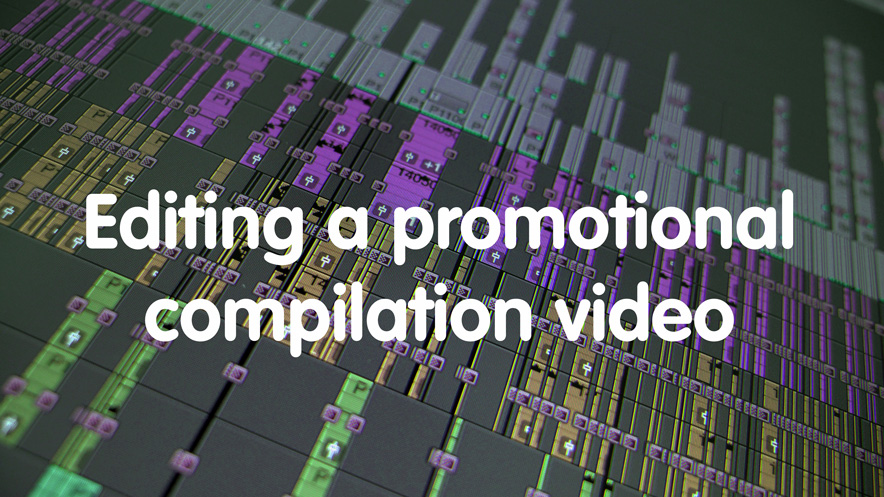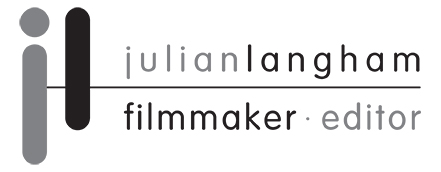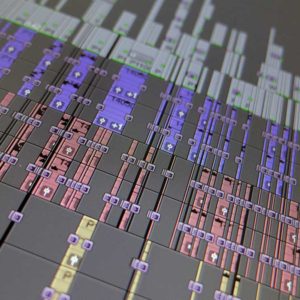In this blog article, I explain the process of editing a promotional video. Recently, I received a request by email to tender a quote for editing a promotional video. This initial enquiry provided a brief outline of the client’s requirements together with what production details should be itemised in the quote and with the deadline date for quote submissions.

Promo video editing required by the client
The final edit was required to integrate a combination of video footage, photographs and other material to be supplied to me. The client requested that I include a breakdown for the estimated post-production time it would take to prepare and import all their various media in preparation for the editing and approximately then how long the edit itself would be likely to take. The client advised that the signed-off edit would need to be delivered in a file format suitable for uploading to YouTube and also for showing on digital TV.
Requesting information about the edit
In order to supply a detailed quote, I needed a greater understanding of the project and what would be involved in bringing the various elements of it together. This would enable me to calculate an estimate of the time that would be required for the preparation and editing and therefore to provide an accurate quote as possible.
So that I could learn more, I e-mailed the client back and asked a series of questions. From their response to these questions, I was able to provide a quote for the post-production and editing which the client then accepted and commissioned the project to go ahead.
Video media for editing a promotional video
Over the coming days, the client provided a number of Google Drive links from which I downloaded their many media assets together with the project spread-sheet and promotional brochure. The content provided gave me a great sense of the requirement for the overall project.
Organising the media for efficient editing
As their media arrived, I proceeded to organise it in a way that would enable me to edit it efficiently. As well as video clips, their folder structures contained many subfolders each with subfolders within those. Spread across this folder network were additional assets including photographs. I searched through these large and complex folder structures and firstly, imported all the video clips into Avid Media Composer so that they were ready for editing.
I then needed to move all the photographs out of their existing structures into one folder at the desktop level so that I could use the Avid pan and scan effect to position photographs in the edit accurately. I also needed to shorten many of the photographs’ file names so that they would be readable by Avid.
After most of the media had been downloaded, I could see that there were 30 different videos (with a total playing time of over 3 hours) and hundreds of still images to choose from. Most of the videos had music only soundtracks and a selection from these was to be used as the music bed for the promotional film.
Starting the editing process
I was briefed by the client that they required 10 differently named sections within the video with a list of which assets should appear within each section.
To start the editing process, I first identified which were the best music tracks and started editing them together into a 5-minute music bed. I then created a selection of titles for each of their 10 different themes. It was agreed that these would be placed at 30-second intervals for each theme section. I then edited into place the best of the footage identified for each section. The resulting initial edit was then uploaded, using a private link, and sent to the client for feedback.
Timecode in vision edits for sharing on YouTube
Over the course of one week, following feedback from the client, I uploaded a series of edits for them as a private link to YouTube. For these edits, I layered over the time codes in-vision to help the client to feedback precise amends. After the client viewed each version, I was then sent a series of many change requests from the client’s team. Additional video footage was also then sent to me that also needed to be edited into the correct sections. The variety of music tracks used for each section were also the subject of many changes. This additional video helped to strengthen some of the sections and for the video to meet the client’s aims.
As the edit progressed, I also edited in the animating graphics and logos at the beginning and the end of the video. Many of the sections also then required additional descriptive texts to be added onto some of the clips.
The signed-off final edit
The final 5-minute edit eventually consisted of 18 music tracks with each track blended together at the different sections and to match the different events featured in each section. Once the final music selection was signed off, the vision edits were all finely trimmed to work well with the accompaniment of each different musical style. The final video was delivered as a 1920x 1080 high bit rate .mp4 as requested by the client.
Editing a promotional video remotely
This was a very complex edit to deliver within a very short time frame of commissioning and delivery. Although the unattended, editing a promotional video for this client progressed efficiently via email communications as I was given prompt and precise feedback on each uploaded edit version by the client. In turn, I needed to be highly responsive over two working weekends to ensure that the final edit was delivered in time for the event at which it was due to be shown.
My BBC broadcast training and over 17 years’ experience as a video editor ensures I have the knowledge and experience to deliver complex projects on time and on budget. If you would like a promotional video edited, please do get in touch as I am always happy to provide assistance and advice.



